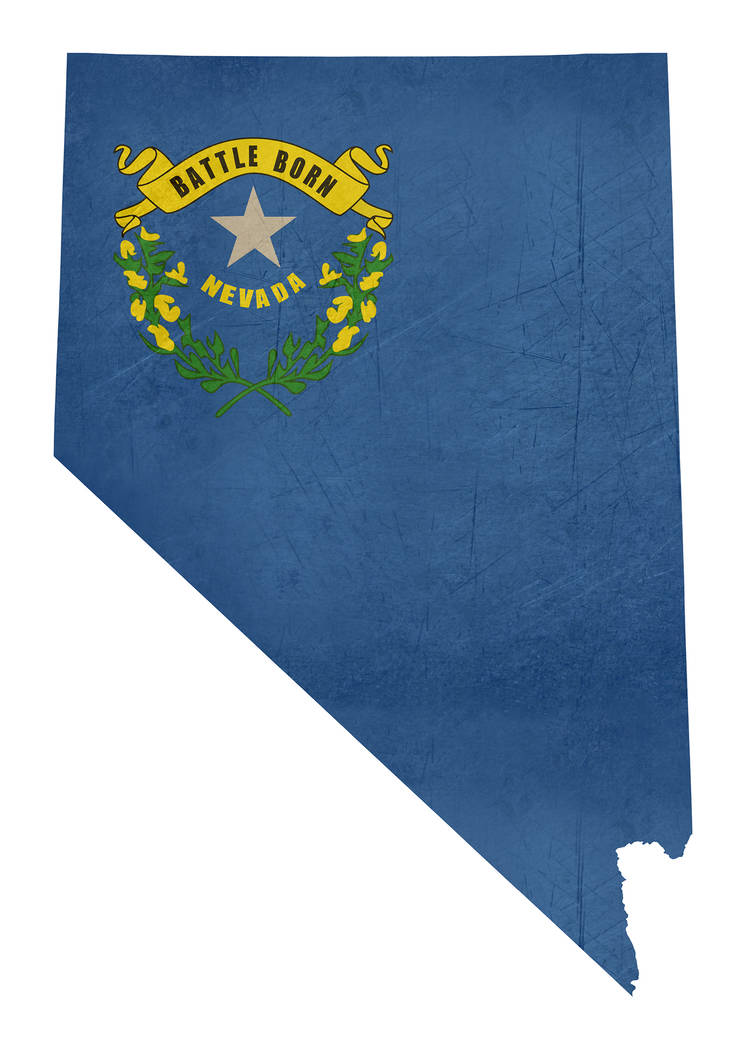Tim Burke: Will Nevada have a ‘Red vs. Blue’ battle?
The recent decisions by some local governments in California to not follow that state’s sanctuary laws is another signal of the growing divide between that state’s liberal government leadership and the more conservative areas of the state. The California secession movement is gaining momentum, at least in the areas outside of the liberal urban centers.
It’s not just California where this blue versus red battle is brewing, but on across the country, where eastern Oregon battles against the policies of Portland, and eastern Washington against Seattle. There is also Chicago against downstate Illinois, and New York City versus upstate New York.
In Nevada, you can see the beginnings of a rift between rural areas and the urban areas of Las Vegas and Reno.
In recent years, the political differences between rural areas and metropolitan areas seem to have become more severe. This has caused political splits in certain states, where those in rural areas, with lower populations, feel ignored by the big city politicians.
Rural area residents feel that they are being “dictated to” by big-city politicians and that their needs are somehow inferior to those of city residents. Certainly, the needs of rural residents are far different than those living in the big cities. Not only do the rural areas feel ignored, they feel dismissed by the smug arrogance of the urban centers.
Part of the problem goes back to two Supreme Court cases. The Supreme Court of the United States issued the opinion in Baker v. Carr in 1962, which found that the redistricting of state legislative districts is not a political question, and thus is capable of being decided by the federal courts.
In 1964, the Supreme Court case “Reynolds v. Sims”, declared state legislatures (as opposed to the U.S. Senate) must be apportioned according to population, not geographical area. This has helped lead to the present-day situation where rural areas feel underserved. These Supreme Court decisions would lead to changes in how Nevadans and the counties were represented in the State Legislature.
The first session of the Nevada Territorial Legislature was held in 1861.
The Council was the precursor to the current Senate and the opposite chamber was called a House of Representatives, which was later changed to be called the Assembly. There were nine members of the original Council in 1861, elected from districts as counties were not yet established. Counties were established in the first session of the Territorial Legislature and the size of the Council was increased to 13.
From the first session of the Nevada Legislature once statehood was granted, the size of the Senate ranged from 18 members, in 1864, to a low of 15 members from 1891 through 1899, and a high of 25 members from 1875 through 1879.
In 1919, the Senate started a practice called “Little Federalism,” where each county received one member of the Nevada Senate regardless of population of said county.
This set the Senate membership at seventeen, which lasted until 1965. Because of the Supreme Court decisions in 1962 and 1964, Nevada Assemblywoman Flora Dungan and Las Vegas resident Clare W. Woodbury, M.D. filed suit in 1965 with the Nevada District Court arguing that Nevada’s Senate districts violated the equal protection clause of the 14thAmendment to the Constitution of the United States and lacked fair representation and proportional districts.
At the time, less than 8 percent of the population of the state of Nevada controlled more than 50 percent of the Senate. The District Court found that both the Senate and the Assembly apportionment laws were “invidiously discriminatory, being based upon no constitutionally valid policy.”
It was ordered that Governor Grant Sawyer call a special session to submit a constitutionally valid reapportionment plan. The 11th Special Session lasted from Oct. 25, 1965 through Nov. 13, 1965, and a plan was adopted to increase the size of the Senate from 17 to 20.
Part 2: The modern era of Nevada politics and can the rural areas afford to “go it alone.”
Tim Burke is a businessman, philanthropist, educator and Pahrump resident. Contact him at timstakenv@gmail.com

















